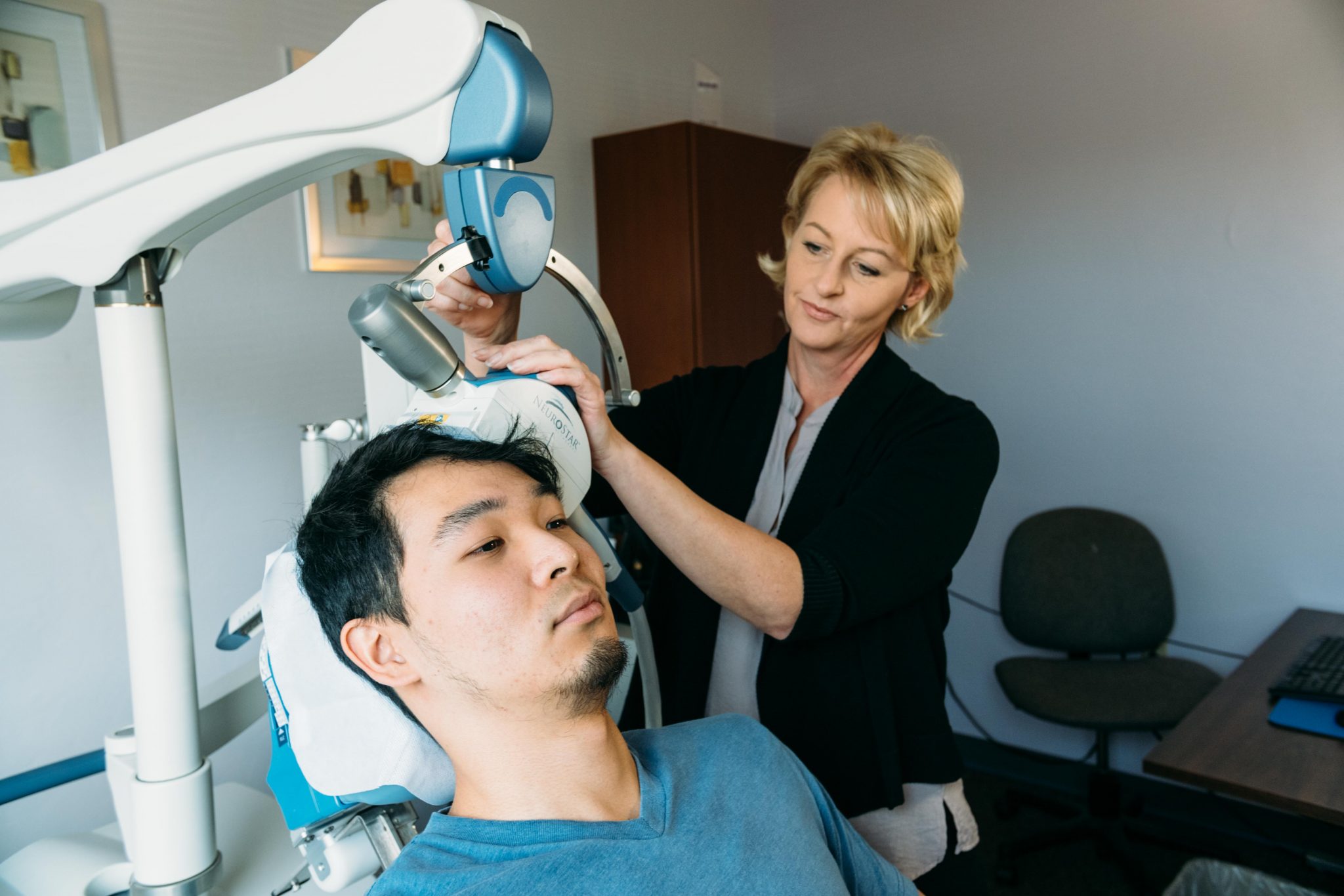Depression is a condition that involves overwhelming thoughts and feelings of sadness and worthlessness. Patients with depression find it difficult to stay hopeful for the future or enjoy doing the things they love. One of the leading causes of reduced living standards is decreased productivity. Fortunately, doctors like Dr. Jodi Marshall Bedford recommend transcranial stimulation therapy to help depressed patients get relief from their negative thoughts and stay focused and energized at work.
What is transcranial magnetic stimulation therapy?
One of the approaches to managing emotions is stimulating brain activities in certain areas. Neurological and mental health disorders like depression are usually associated with brain structure and function. Transcranial magnetic stimulation is a treatment that involves delivering electromagnetic pulses to the brain. This strategy aims to stimulate specific nerve cells to boost brain function.
Although the treatment is non-invasive, physicians do not usually recommend transcranial magnetic stimulation therapy as the initial approach to depression. However, this therapy is ideal for you if you have undergone other conservative options like the use of antidepressants and psychotherapy?
What other conditions can transcranial magnetic stimulation therapy treat?
Transcranial magnetic stimulation therapy is not only ideal for depression. This treatment can help patients with anxiety or Parkinson’s disease get the relief they need to enjoy quality living.
How does transcranial magnetic stimulation therapy work?
Appreciating the working mechanism of transcranial magnetic stimulation therapy is the first step toward determining its efficacy. The specialist who performs transcranial magnetic stimulation therapy is a TMS physician or technician.
Transcranial magnetic stimulation therapy is an outpatient procedure. For this reason, a patient will not need an overnight stay in the hospital or medical clinic.
Observing the guidelines your doctor will discuss with you in the initial consultation before the procedure is essential. It would be wise to remove any metallic jewelry before undergoing the procedure.
What should you expect during TMS therapy?
Although transcranial magnetic stimulation therapy is a straightforward procedure, understanding what to expect during the treatment will help reduce any anxiety you may have about undergoing the procedure. The first step in transcranial magnetic stimulation therapy involves protecting your ears. Technicians usually provide patients with earplugs to wear during transcranial magnetic stimulation, which keeps out clicking sounds from the magnetic impulses.
Transcranial magnetic stimulation depends on patient data to personalize treatment and thus ensure the achievement of desired outcomes. Technicians must measure patients’ heads to appreciate the best place to place the magnetic coil, preferably the front area of your brain.
The treatment can last about one hour, depending on the severity of your symptoms. You will feel tapping sounds where the technician places the magnetic coil. The treatment is pain-free. Afterward, you are free to go home and resume activities without restrictions. It would be best to seek TMS treatment from qualified physicians to minimize the risks of complications. Contact the Innovative Psychiatry Center if you have questions about transcranial magnetic stimulation therapy to determine its practicality in treating your depression.


